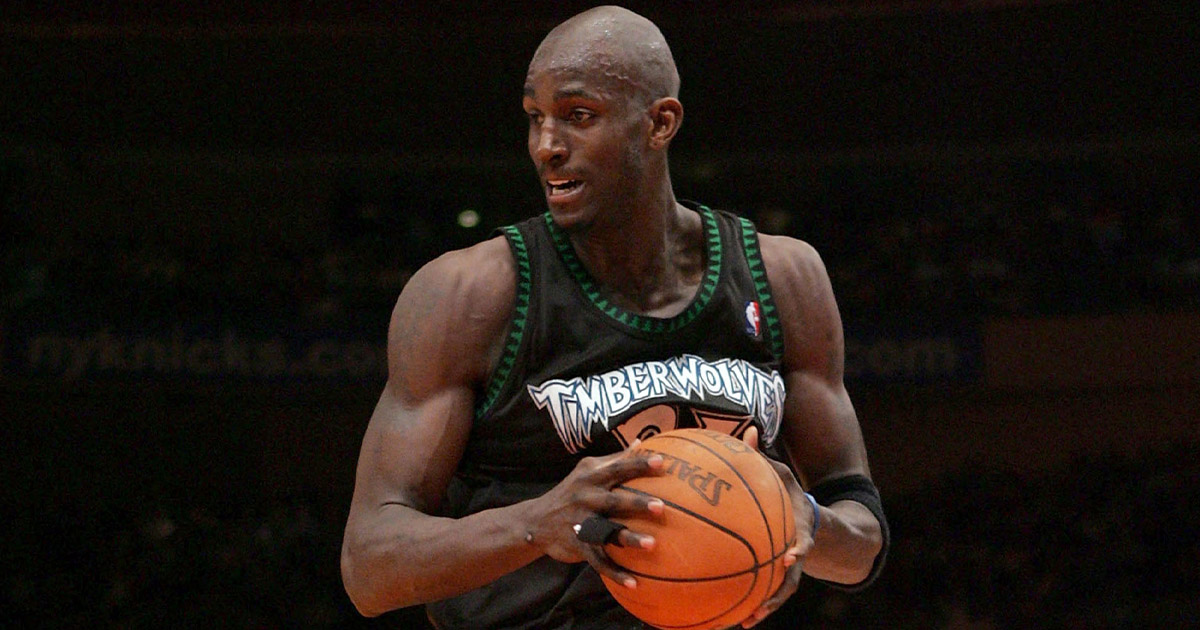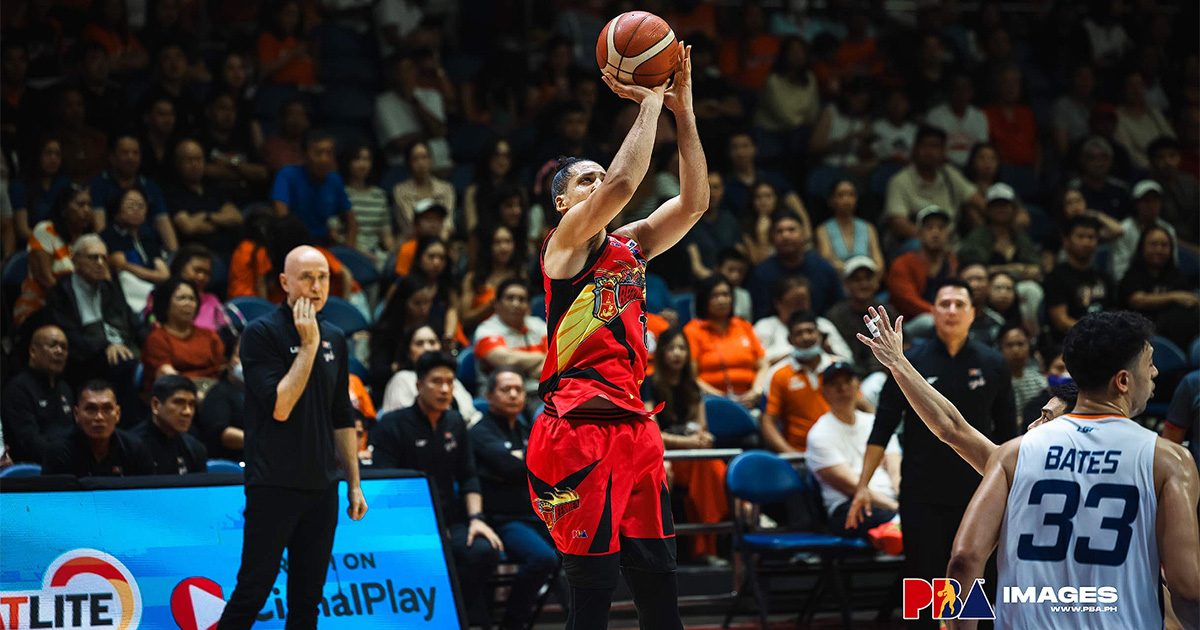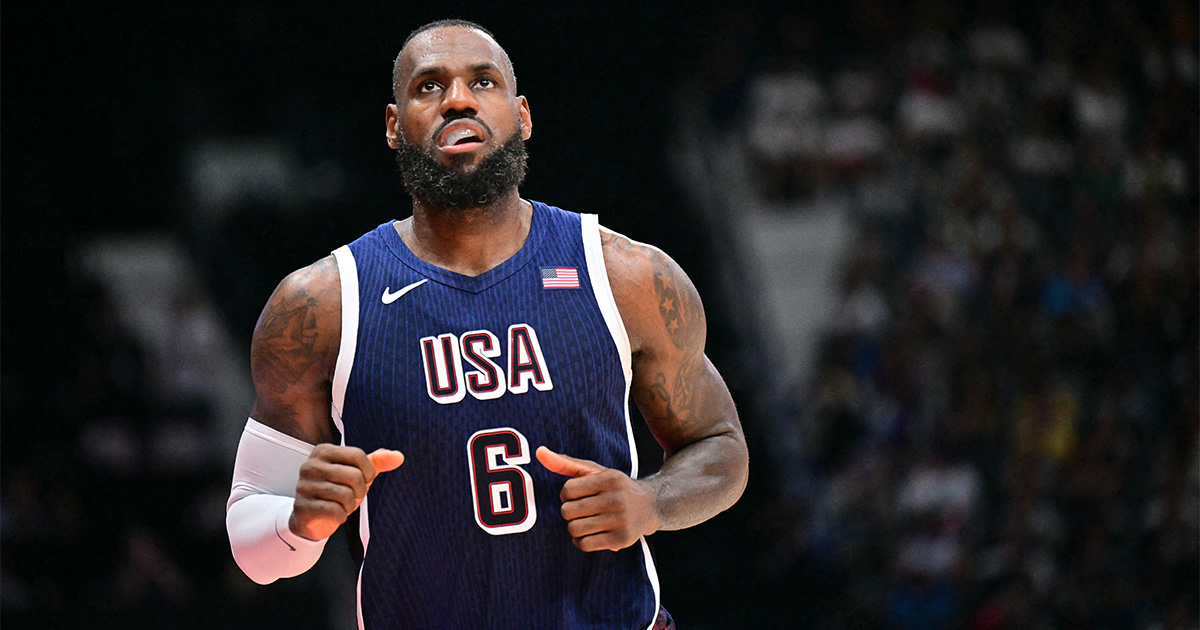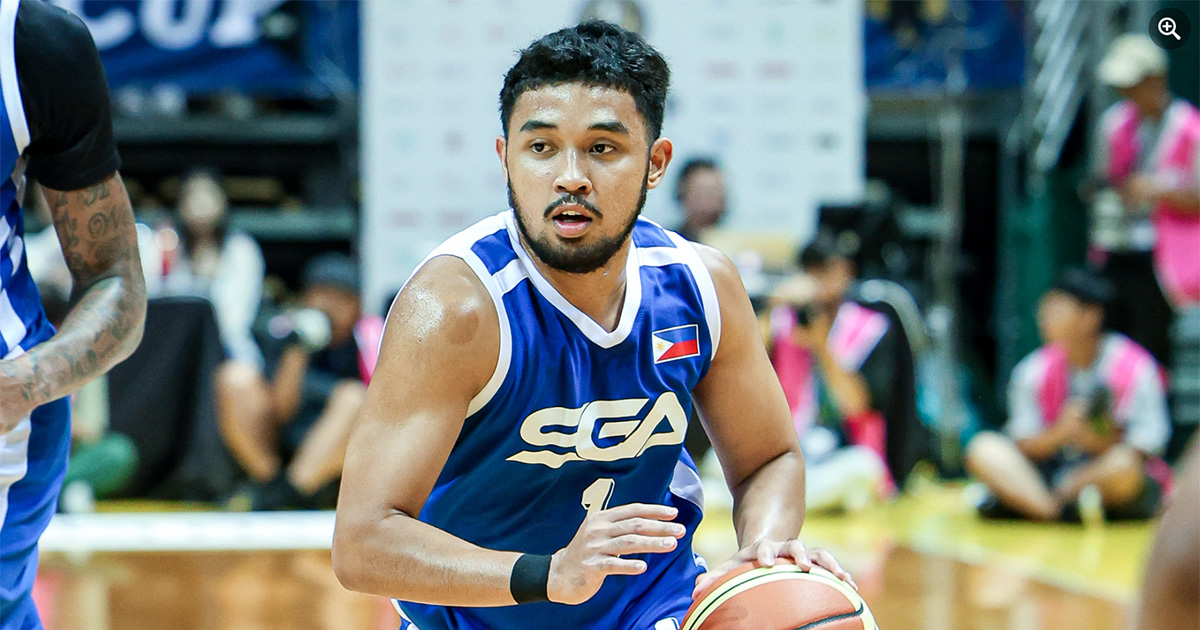In the NBA, teams can rise and fall rapidly depending on front-office decisions, injuries, aging talent, coaching changes, and sheer luck. While losing one or two-star players can start a slide, truly steep and shocking declines often result from a perfect storm of multiple negative factors hitting at once.
In this blog, we’ll analyze some of the steepest single-season collapses and multi-year death spirals in NBA history. What sent these once-competitive teams into complete disarray? Let’s evaluate some of the swiftest and most stunning downward turns several franchises have ever endured.
Steepest Single Season Collapses
First, we’ll examine teams that went from solid or even championship-contending to catastrophically bad all within a single season.
1999 Chicago Bulls – From Championship to the Cellar
No decline has ever been steeper than the season after the Bulls won their second three-peat. Michael Jordan retired for the second time, Scottie Pippen was traded, Dennis Rodman released, and coach Phil Jackson not brought back. They went from their sixth championship in eight years to just 17 wins the very next season – an astounding 40+ win swing! For a franchise that had never even missed the playoffs with Jordan, they instantly became the worst team in basketball – but set themselves up to draft Elton Brand and rebuild.
2007 Miami Heat – From First to Worst
After years of mediocrity, the Heat surged to win the 2006 championship led by an in-his-prime Dwyane Wade and veteran center Shaquille O’Neal. But the title came at a cost – Wade endured knee issues the next season and O’Neal rapidly aged. They stumbled to injury riddled 44-38 record and first round playoff exit in their title defense season of 2006-07. Yet far worse loomed just a year later in 2007-08. Wade played just 51 games, O’Neal just 40. With little talent now surrounding them, the Heat collapsed to an NBA worst 15-67 just two years removed from championship glory – still the record for worst ever follow up to a title.
1970 Los Angeles Lakers – Age Sets In Fast
The early 70’s Lakers boasted several Hall of Fame talents – West, Chamberlain and Baylor chief among them in their declining yet still prolific years. They remained dominant in the regular season and even reached the Finals in 1970. Yet father time hit their aging stars hard and fast. Their core completely fell apart as Chamberlain and Baylor retired due to injuries. West remained for a couple rebuilding years but they collapsed to just 27 wins the season after their Finals run – an astounding 40+ game swing!

Steepest Multi-Year Death Spirals
While rapid single season declines stun due to their swiftness, sometimes sustained multi-year stretches of ineptitude have done even more long term damage.
Early 2010’s Minnesota Timberwolves
Kevin Garnett’s 2008 trade to the Celtics marked the end of Minnesota’s mid-2000s relevance built around their superstar forward. But few could have predicted just how steep and prolonged their collapse into irrelevance would be. They failed to win more than 24 games every season between 2005-06 all the way until 2016-17 – an unfathomable 11 straight lottery bound years in the doldrums, almost always finishing with one of the NBA’s very worst records. Franchise icon and 2003 MVP winner Kevin Garnett, coach Flip Saunders, and even 2011 top draft pick Ricky Rubio got fed up and forced their way out amidst the never ending string of losing. It was one of the most demoralizing decade long death spirals a passionate fanbase has ever had to endure.
Late 2000’s New York Knicks
In the mid 2000’s, an experienced Knicks core led by Stephon Marbury and Eddy Curry actually bounced back into the playoffs for a couple seasons after a down period. They even pushed the prime LeBron Cavs to 6 tough games in the 2006 first round and seemed poised to return to contender status if their talent coalesced. Instead an apocalyptic free fall commenced the very next season that spiraled the franchise straight down into purgatory. They somehow got rapidly worse rather than better, devolving to 23 wins in 2007-08. The brash coaching of Isaiah Thomas then oversaw them bottom out to an NBA worst 17 wins by 2008-09, with the Knicks becoming a full blown league laughingstock both on and off the court that struggled to attract any marquee free agents during these aimless years.
Late 70’s Golden State Warriors
In stark contrast to the modern Warriors dynasty, the franchise endured one of the worst prolonged collapses ever in the late 1970’s. Just years removed from a championship in 1975 and several playoff trips, they completely crumbled. Triggered by the shocking departure of homegrown superstar Rick Barry in 1978, they proceeded to miss the playoffs every single season between 1977-78 all the way until 1986-87 – an almost unthinkable nine straight seasons without even sniffing relevancy. During this death spiral sliding into obscurity they churned through nine different head coaches while averaging just 30 wins per season and never even finishing above .500 once. For a once proud franchise, their late 70’s/early 80’s tailspin plunged them into the darkness for the better part of a decade nearly ending in relocation.
Early 2010’s Cavs After losing LeBron
Most teams understandably struggle after unexpectedly losing an all-time great player – but usually some foundational pieces remain to start a rebuild. Yet almost nothing was left standing after LeBron James departed his hometown team. A supporting cast that massively overachieved simply making the Finals crumbled spectacularly in the immediate aftermath. Coming off 66 and 61 win seasons keyed completely by LeBron lifting up an otherwise scrappy roster, the Cavaliers instantly careened all the way down to just 19 wins his first season gone in 2011. By 2013-14, they sank even further to only 15 wins over a year after LeBron tried carrying them to contender status – one of the most astonishing talent cliff dive collapses as so much winning depended solely on one iconic player’s back.

Multi-Year Death Spiral Turnarounds
Thankfully the agony doesn’t always last forever. Let’s analyze a couple remarkable franchise turnarounds where teams climbed from out of the NBA abyss back towards contending through smart rebuilding:
Post-Jordan 90’s Bulls Rebuild
Losing the greatest player in basketball history usually requires many years of pain before rising again. Especially after completely dismantling the championship roster too as other key Bulls legends also retired or left in 1999 following their second three-peat. But thanks to shrewd front office maneuvering, the Baby Bulls reboot kicked off an accelerated rebuild. Drafting hometown phenom Derrick Rose and college player of the year Joakim Noah, they surged rapidly back into contention just 7-8 years later under energetic coach Scott Skiles. Following years in the wilderness after the Jordan glory years, the mid 2000’s Bulls revival remains a benchmark case study for small market franchises mired in a rebuild.
The Process 76ers
Today the 76ers have a contending core led by Joel Embiid and James Harden thanks to patience with former GM Sam Hinkie’s radical rebuilding “Process”. But half a decade of outright “tanking” by mass stripping the roster first had many questioning if it would ever actually pay championship dividends.After the disastrous Andrew Bynum trade crumbled their prior contending core, they plummeted from heights of 57 wins in 2000-01 all the way down to just 19 by 2014-15. Hinkie became public enemy number one, not just in Philly but across the league for so brazenly tearing everything down to the studs in search of high draft picks. Yet his Process now looks to be paying off long term dividends. There was short term agony no doubt. But powered by stars drafted high during the teardown years like Embiid and Ben Simmons, the 76ers have bounced back towards title contention – proving that if done right, even half a decade spent tumbling down towards the cellar can set a franchise up for future glory.
Understanding the Fall:
While each decline has its unique story, some common themes emerge:
- Injuries: Key player injuries can cripple a team’s chemistry and disrupt their game plan.
- Roster turnover: Losing key contributors through free agency or trades can leave a significant void in talent and leadership.
- Coaching instability: Frequent coaching changes can create uncertainty and hinder player development.
- Aging rosters: Teams built around aging stars eventually face decline as athleticism and stamina diminish.
- Shifting league landscape: Teams can fall behind the curve if they fail to adapt to changes in playing style or roster construction.
Lessons Learned:
These cautionary tales offer valuable lessons for NBA teams and fans alike:
- Building a sustainable culture: Long-term success requires fostering a positive team environment and prioritizing player development.
- Managing expectations: Recognizing the cyclical nature of the NBA and avoiding complacency during periods of success.
- Adapting to change: Remaining flexible and adjusting strategies to keep pace with the evolving league landscape.
The NBA is a league where peaks and valleys are inevitable. The teams that learn from their falls often return stronger, while those who ignore the warning signs risk experiencing even deeper declines. By understanding the factors that contribute to these dramatic drops, we can appreciate the resilience of the league and the constant struggle for supremacy on the hardwood.Bonus Round:
- Explore other notable examples of steep declines in NBA team performance throughout history.
- Discuss the potential impact of salary cap constraints, changing ownership, and analytics on team stability.
- Share your thoughts on how teams can best avoid experiencing a dramatic fall from grace.
Conclusion
Rebuilding after plummeting from contender to cellar dweller remains one of the most agonizing processes in sports. As we explored, regime change, aging players, and sheer bad luck can cause franchises to collapse rapidly. Yet a few like the Bulls and 76ers also showed that with smart management, those willing to painfully bottom out can rise back to prosperity faster than expected.The key is finding management bold enough to admit when a reboot and multi-year rebuild is necessary rather than trying to paper over flaws with quick fixes. As long as ownership stays committed to a long-term vision, even precipitous multi-season declines eventually end. For teams and fanbases willing to stay the course through demoralizing periods of steep losing spells, their loyalty is usually rewarded as the pendulum swings back towards renewed contending years before too long.

















Jason Edwards
Derek Walters